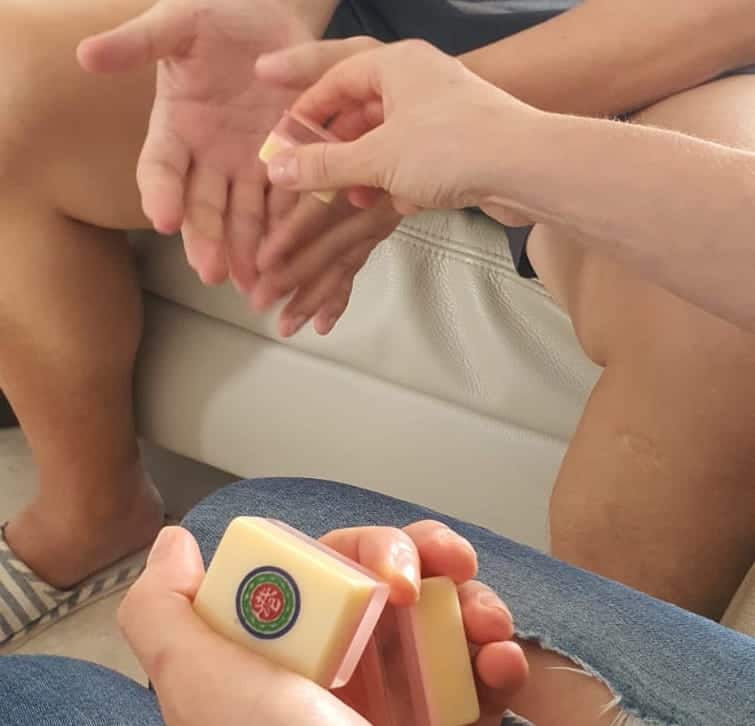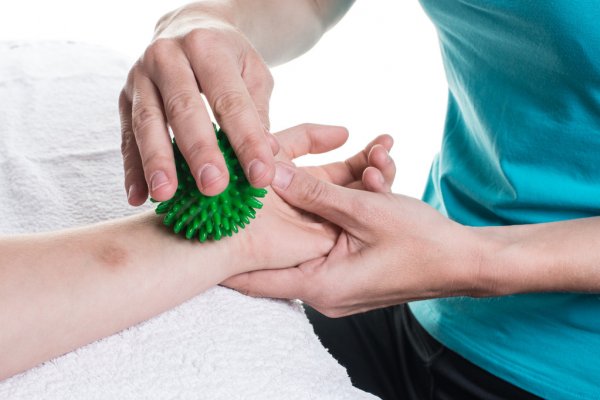Loss of sensation is a common secondary effect that stroke survivors experience. Studies show that about 50-80% of survivors encounter some form of sensory deficit after a stroke. The loss of sensation may manifest as difficulty in distinguishing sensations of pressure or temperature, numbness, or a total loss of sensation in a limb. However, there is hope for regaining sensation after a stroke through sensory reeducation.
Sensory issues after a stroke may take various forms, including numbness, a tingling or pins-and-needles sensation, difficulty in differentiating between hot and cold, and light versus deep pressure. These sensory deficits occur when a stroke damages the brain’s sensory-regulating areas, leading to varying degrees of sensory impairment depending on the severity and location of the stroke. For example, a thalamic stroke survivor may experience numbness, while a parietal lobe stroke survivor may encounter issues processing and regulating sensations such as pain and touch.
Sensory reeducation is a rehabilitation technique that can help survivors regain sensory function by retraining the brain to process sensory signals. This process promotes the return of sensation after stroke by providing stimulation to the brain that encourages sensory processing. Consistent practice of sensory retraining exercises helps promote neuroplasticity, the brain’s ability to heal and create new neural pathways.
These exercises involve touch and are designed to retrain the brain’s interpretation of senses. Examples of exercises include tabletop touch therapy, texture hunting, texture recognition, temperature differentiation, and touch localization. For the best results, it’s essential to work closely with an occupational or physical therapist to optimize recovery.
Reduced sensation after a stroke can pose a threat to health and safety. In addition to participating in sensory reeducation, it’s important to be mindful of the risks associated with decreased sensation and be proactive in reducing these risks. Regular skin checks and avoiding being stationary in any one position for too long are crucial in mitigating these risks.
The activities that follow are those that especially target your sense of touch. When you touch something, your brain receives sensory input, which helps it form new neural connections. These drills support retraining in a number of distinct senses, including light touch, pressure, texture detection, and temperature difference. In turn, this approach supports the recovery of feeling following a stroke.
Practice for around 10-15 minutes a day, and perform each exercise at least ten times. To recover from a stroke quickly, keep in mind that repetition and consistency are crucial.
1. Touch Therapy on a Table
Put a range of items on a table in front of you that have various textures. Practice with soft scarves, coarse sandpaper, fluffy cotton balls, rough Velcro, and cold cutlery, for instance.
Pick up the items and feel them without looking at them. When you consider or imagine each thing, try to differentiate between textures by taking your time and being deliberate.
2. Texture Hunting
Bury various tactile things, such as cotton balls, marbles, coins, and Velcro strips, in a big bowl of uncooked rice. Next, insert your hand into the bowl and make a blind search for the items inside. If you locate something, make an effort to identify what you are holding.
Try again if you can’t first complete this. The brain is kept stimulated to help with the return of sensation after a stroke by repeated exposure to sensory retraining exercises.

3. Remember The Texture
Ask someone to hold several items in your hand while you keep your eyes open. Feel the textures of these items and practise describing them with terms like rough, smooth, bumpy, etc. Repeat the practise with your eyes closed after you’ve gone through each item and noted how it feels.
Concentrate on the sensations associated with each object to help your memory remember the link. When your eyes are open and then closed, pay attention to any differences in how the items feel.
4. Differentiate The Temperature
For patients with stroke who have problems sensing or differentiating between heat and cold, this sensory reeducation exercise is especially helpful. Using hot and cold materials to assist rebuild the brain circuits for temperature distinction is known as temperature differentiation.
Start by soaking two cloths—one in cold water and the other in warm but not hot water. After that, have someone apply the ice to your arm. Consider how the experience differs from what it was prior to the stroke as you take note of it.
Have them swap the cold and warm cloths after 30 seconds. Attempt to distinguish the temperature difference.
Close your eyes right now. In order to identify whether you are experiencing heat or cold, have someone place one cloth on your arm.
Continually switch between the hot and cold cloths as you perform this workout. Use your unaffected hand to place the cloths on your arm if you don’t have a helper to complete this activity. Keep an eye on the heated cloth’s temperature as diminished sensation increases the risk of burns.
5. Touch Localisation
Get someone put their hand someplace on your arm as you close your eyes. Then, indicate where you believe they touched.
They should move your hand there if you don’t point in the right spot. Then, let your eyes open so you can take it all in visually. Feedback like this aids in brain retraining so that touch sensations can be localised or pinpointed. It’s as if you are telling your brain, “I was touched there, but not here.”
Do this at least ten times, but preferably more times for this exercise! As soon as you become proficient at this sensory reeducation exercise, mix things up by having your helper touch you with variously textured objects, such as a Q-tip or metal spoon.
Always keep your eyes closed while performing the exercise, and if you perform it incorrectly, open them as soon as someone touches your finger to help your brain process the input.
The exercise above are best done with an occupational therapist who will be able to assess if you are on track or find ways to re-adjust for best results. The OT will also focus on the right reeducation exercise to the needs identified in the therapy plan to relate it back to specific functional issues and occupational goals.
Also, have patience. Your mindset is very important to give yourself time for the effort to pay off. You must put in the work and don’t forget to celebrate every win. Any improvement is significant no matter how small you think it is. If you are a caregiver, align your expectations with the person too – the world with stroke is a very different place after all.




